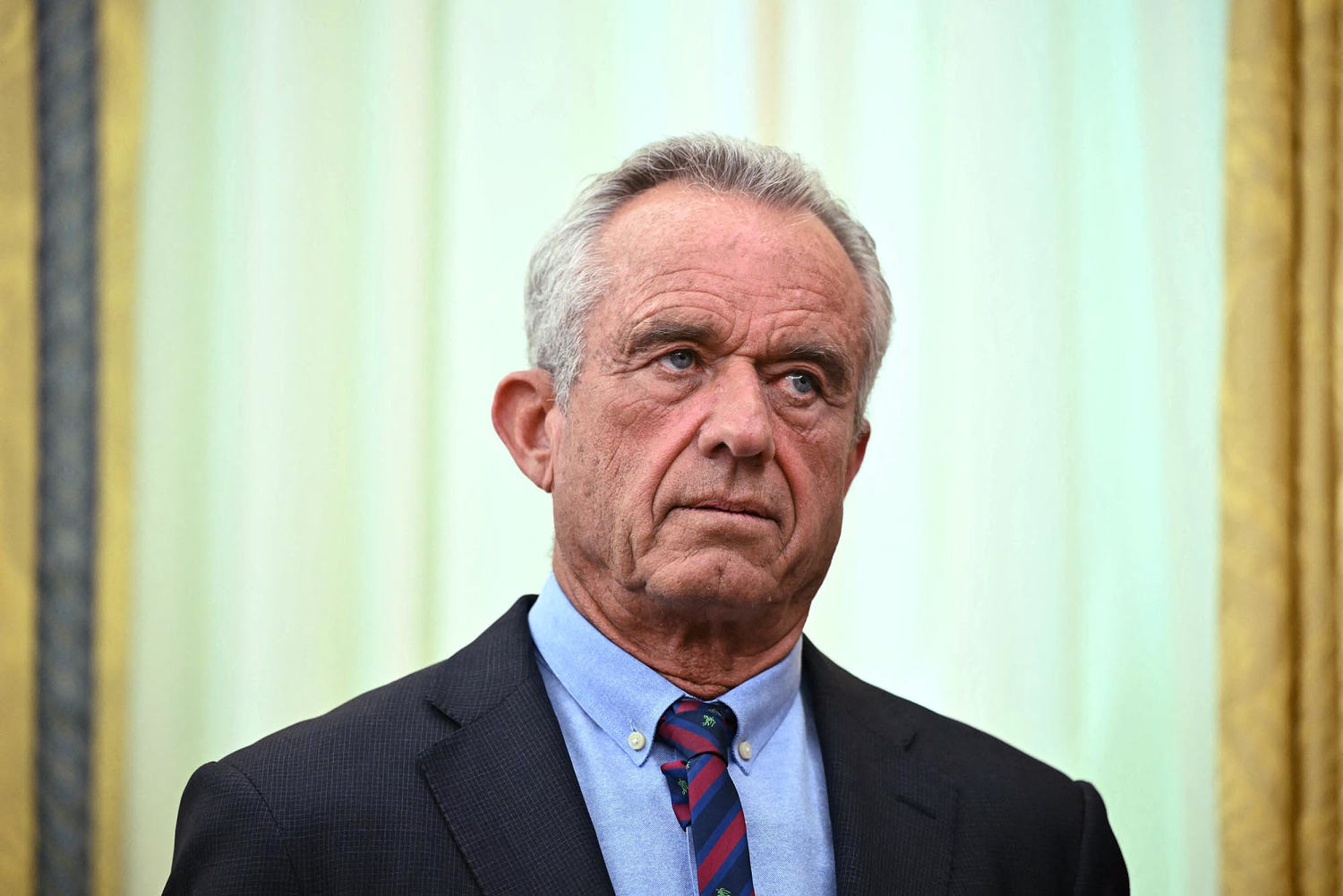
The Trump administration said Monday it will announce a plan to remove petroleum-based synthetic dyes from the nation’s food supply.
Health Secretary Robert F. Kennedy Jr. and Food and Drug Administration Commissioner Dr. Marty Makary are expected to discuss the plan during a press conference Tuesday afternoon, according to an HHS press release.
An agency spokesperson confirmed the press conference.
Kennedy has previously vowed to eliminate artificial dyes from the nation’s food supply, claiming that the dyes are responsible for behavioral problems in children, including hyperactivity — a link the FDA says it is monitoring but hasn’t established.
The FDA has approved 36 color additives, including nine petroleum-based synthetic dyes used in foods and beverages.
Among them is Red No. 3, which is made from petroleum and gives food and drinks a cherry color and was banned in January over concerns about possible cancer risks. It was approved for use in foods in 1907. Food companies will have until 2027 to remove the dye; drug companies get an additional year.
The dyes are commonly used in thousands of products marketed to kids, including candy, breakfast cereals and soda, giving the products bright, vibrant hues.
Marion Nestle, professor emerita of nutrition, food studies and public health at New York University, called the issue “an easy one” for Kennedy to address.
While the FDA hasn’t established a link, Nestle said there is some research that dyes might contribute to behavioral problems in kids.
A 2021 report from the California Office of Environmental Health Hazard Assessment, for example, reviewed 27 trials in children and concluded food dyes can interfere with normal behavior in at least some kids.
Nestle — who added that the dyes serve no purpose for food beyond cosmetics — noted that other countries have moved to either restrict or ban the dyes. In those countries, she said, companies have introduced natural alternatives.
”This should have been done a long time ago,” Nestle said. “They’ve been promising to get rid of these things for years and balking. They’ve gotten rid of them in Great Britain, Australia and New Zealand. There’s no reason why we can’t use something else.”
Jerold Mande, an adjunct professor of nutrition at the Harvard T.H. Chan School of Public Health, who is also a former FDA senior adviser and former deputy undersecretary for food safety at the Agriculture Department, said food dyes make ultra processed foods look more appealing, resulting in over-eating and obesity.
“Overweight is the primary food cause of cancer,” he said in an email. “Thus, we must regulate the use of both synthetic and natural colors as well as flavors that allow food companies to transform powders and sludges into calorically dense, hyperpalatable ultra processed ‘foods’ that are making us and our children sick.”
The FDA began looking into a possible link between dyes and behavioral problems in kids in the 1970s, when a California allergist and pediatrician proposed a possible connection. In 2011 and 2019, however, the FDA determined that no causal relationship could be established.
Still, there’s also a growing movement among several states to eliminate dyes.
In March, Kennedy praised West Virginia Gov. Patrick Morrisey after he signed into a bill into law banning seven of the artificial dyes approved by the FDA. The law takes effect in 2028. The law follows a similar move from California last year that banned six dyes from food served in public schools.
That same month, Kennedy also told executives from major food companies in a closed-door meeting that he wanted them all gone by the end of his term.
The Consumer Brands Association, an industry trade group, did not immediately respond to a request for comment.
In a statement in March, Sarah Gallo, senior vice president of product policy for the group, said food and beverage makers are committed to food safety.

Leave a Reply